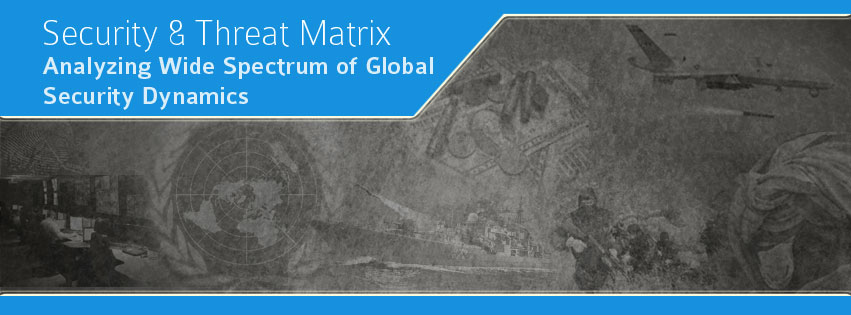By Shahzad Masood Roomi
Indian subcontinent is located on a massive tectonic plate (known as "Indian Plate). It is today part of the major Indo-Australian Plate, and includes most of South Asia – i.e., the Indian subcontinent – and a portion of the basin under the Indian Ocean, including parts of South China and Eastern Indonesia, and extending up to but not including Ladakh, Kohistan and Balochistan
Due to its lesser thickness than the other tectonic plates, the Indian plate is moving towards North much faster and is in collision with the Eursian plate causing jolts, quakes and shocks. The Indian Plate is currently moving north-east at 5 centimetres (2.0 in) per year, while the Eurasian Plate is moving north at only 2 centimetres (0.79 in) per year. This is causing the Eurasian Plate to deform, and the Indian Plate to compress at a rate of 4 millimetres (0.16 in) per year. As its collision against much heavier Eurasian tectonic plate gain more momentum, the frequency of earth quakes caused by this collision is also on the rise. with Indian subcontinent has suffered two major and numerous earthquakes due to this collision of tectonic plates. Kashmir earthquakes (2005) and Nepal quake( 2015) have claimed lives of more than 80,000 so far. The assessment of damages Nepal quake is still being done and fear is that current number of casualties (2000) would increase considerably once the damage assessment come to end.
The collision of Indian plate with the Eurasian Plate along the boundary between India and Nepal formed the orogenic belt that created the Tibetan Plateau and the Himalaya Mountains, as sediment bunched up like earth before a plow. This is why Nepal is such a delicate geography. No one can predict the timing of natural calamity like the 8.1 magnitude earthquake. This unpredictability is not so unpredictable considering the fact that the movement of Indian tectonic plate is a well known phenomenon by now. Doing nothing and praying that mother nature will not hurt us will not be a wise move. After recent devastation in Nepal, contemplating means to minimize the damage done by the movement and collision of tectonic plates becomes a duty to encourage providence.
 |
| 8.1 scale Nepal Earthquakes and radius of its aftershocks |
Natural calamities are very hard to fight against, but with a consistent efforts and cooperation, the damages can be minimize and this is what is the focus of all these recommendations.
Increasing frequency of such natural calamities in states located on Indian tectonic plate, particularly the Indian sub-continent, demands a revisit their disaster response strategies ASAP. These states must raise special relief corps within their National armies to carry out initial reconnaissance, damage assessment, relief, search, evacuate and rescue operations in a systematic and coordinated manner. The sheer scale of earthquake in Nepal and one that Pakistan suffered in 2005 could not be overcome by any civilian institution due to obvious operational constraints. Only military aviation and national surveillance capabilities can come in handy in the aftermaths of such natural catastrophes.
 |
| 2005 - Earthquake in Pakistan turned Azad Kashmir into pile of ruble |
Last but not the least, a high level scientific multilateral commission is also required to study the tectonic movement and to suggest necessary relocation of populations from more dangerous zones located on geographical fault lines.




